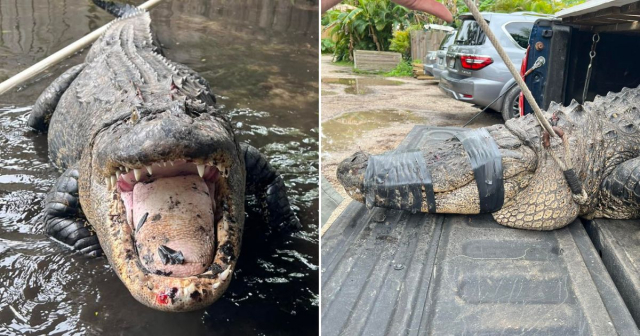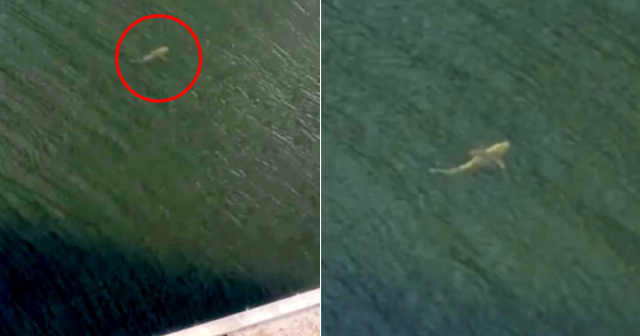
Lolita, the orca that spent the last five decades of its life in captivity at the Miami Seaquarium, died from a “progression of multiple chronic conditions that include kidney disease and pneumonia,” according to the necropsy report released this Tuesday by the center itself.
The Miami Seaquarium, which was Lolita's home, indicated that the studies were conducted by some of the most reputable veterinarians and pathologists in the United States, led by theDra. Judy St Leger, a leading expert in the field, reviewedNBC6 Miami.
The report mentions post-mortem results relevant to the cause of the death.Lolita's death a condition of acute and chronic bronchointerstitial pneumonia, kidney degeneration and a chronic heart condition with degeneration of the heart valves.
The results of the analyzes carried out show that his death was caused by theprogression of numerous chronic diseases, some of which were caused by aging.
“Lolita was one of the longest-lived orcas in human care to date, exceeding the average lifespan in the wild by several years,” the Seaquarium said in a news release. “We miss her deeply and we will honor her memory every day,” they say.
“Toki and Tokitae” (as the orca was also known)died on August 18 at the Miami Seaquarium. His remains were transported to Washington state in September and turned over to thelocal Lummi tribe.
Lolita was captured in 1970 and sold to the Miami Seaquarium for about $20,000. For more than half a century, he lived in a pool that was unsuitable for an animal of his size and complexity, according to animal rights activists.
His captivity was the cause of debate among animal protection groups, who fought for years tofree the orca from its tank at the Seaquarium.
The owner of the park,Eduardo Albor, CEO of The Dolphin Company, concessionaire of the Miami Seaquarium, and the non-profit organization Friends of Toki, had announced that, with the support of the owner of the Indianapolis Colts,Jim Irsay, Lolita would be relocated to a natural sea pen in the northwest of the United States, in the area of the North Pacific where it was captured in 1970, between the state of Washington and the border with Canada.
Until her death, Lolita was imprisoned in a pool approximately 60 feet (18 meters) long and with a maximum depth of 20 feet (6.1 meters). When the park applied for a new exhibitor license with the United States Department of Agriculture, Lolita had to drop the requirement. Since then she had not been seen in public again.
What do you think?
COMMENTFiled in:






